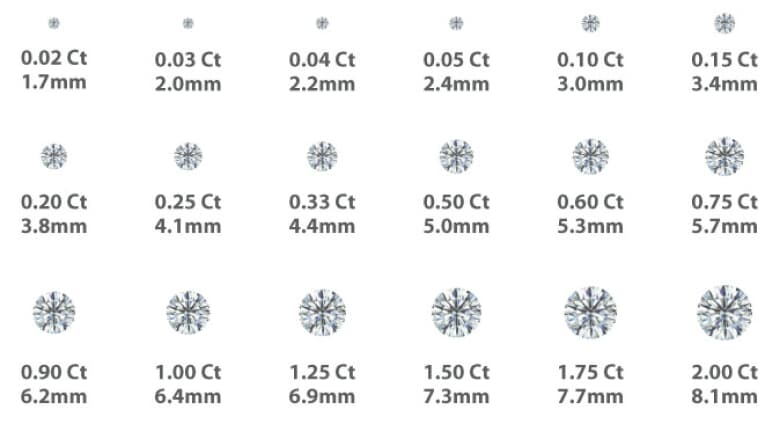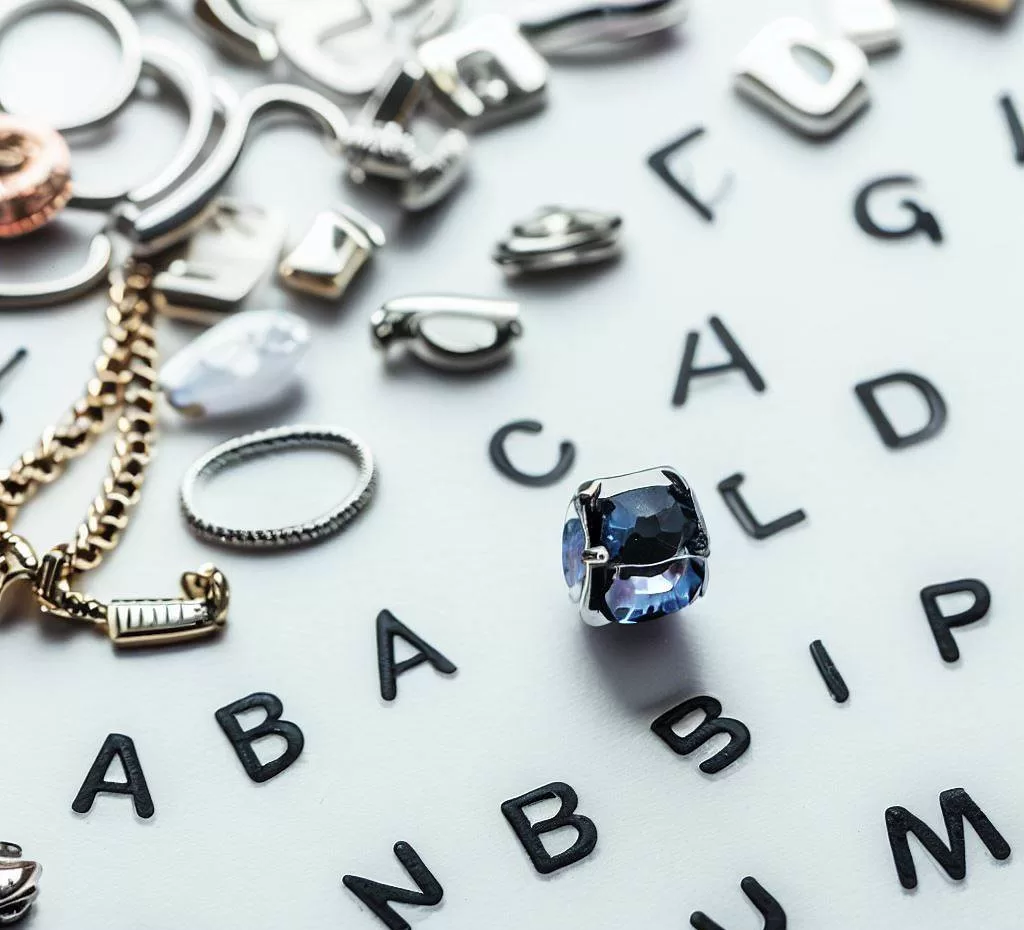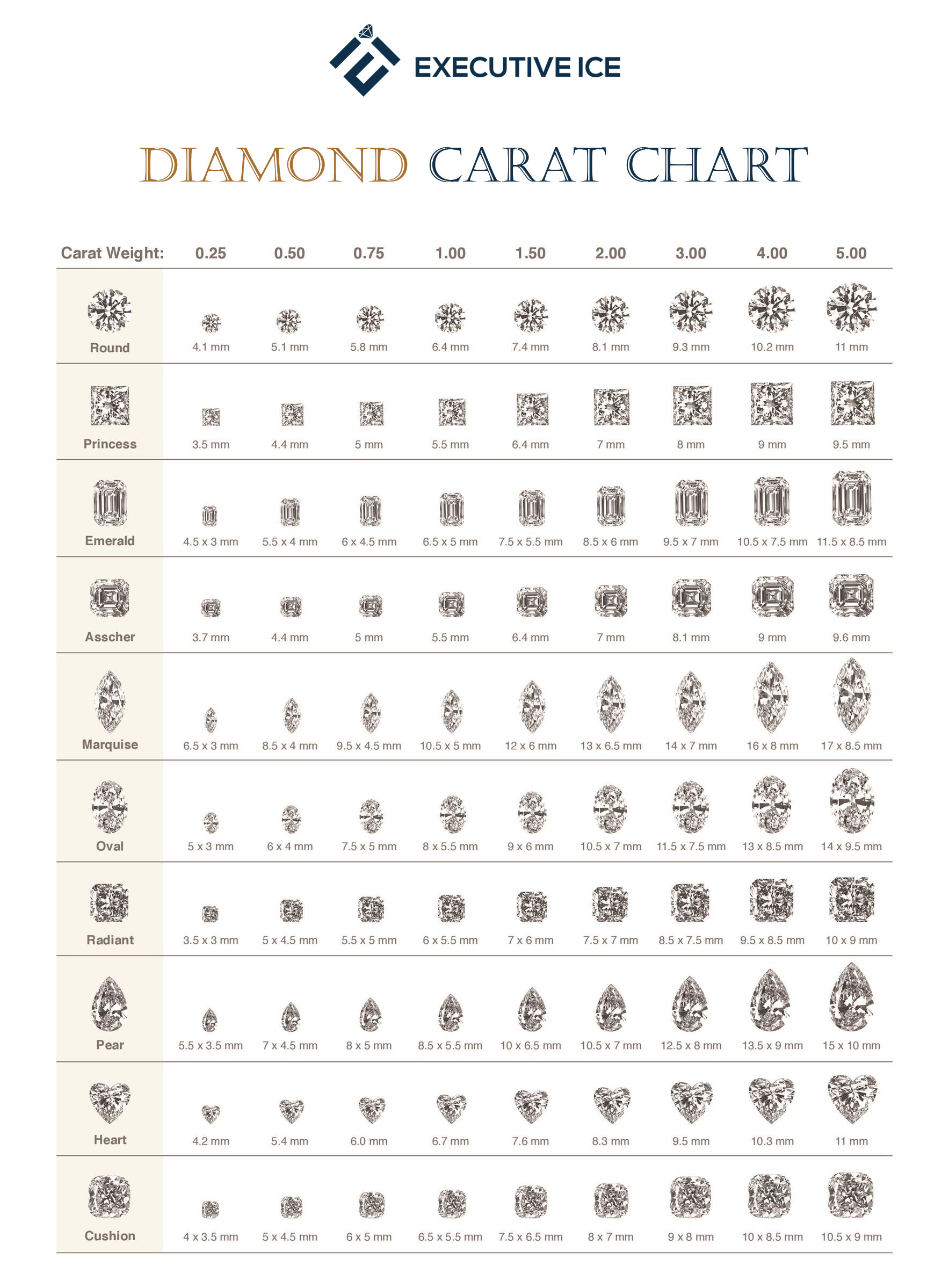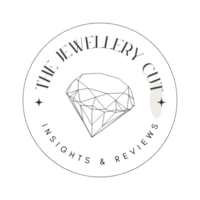Achieve a deeper appreciation for the art of jewelry by understanding what does ctw mean in jewelry. This knowledge will enhance your jewelry selection experience and empower you to make informed choices for your collection or special purchases.
Understanding the Significance of CTW in Jewelry
The term ctw stands for carat total weight, which is crucial when exploring the quality and value of jewelry pieces, especially those featuring multiple gemstones. This measurement quantifies the total weight of all diamonds or gemstones in a piece, offering insights into its worth and appeal. To fully grasp the implications of what does ctw mean in jewelry, we can explore its relevance in various contexts.
The Basics of Carat Weight Definition
Carat weight serves as a standard measurement in the jewelry industry, determining the size and value of gemstones. One carat is equivalent to 200 milligrams, and it is not merely about the visual aspect; rather, it’s an essential indicator of a stone’s quality and rarity. When examining the ctw meaning in jewelry, it becomes apparent that this metric plays an essential role in price determination.
Understanding jewelry weight measurement based on carat weight allows consumers to make informed decisions during their purchases. Dealers and appraisers utilize this standard to evaluate gemstones, ensuring clients receive fair value for their investments. Thus, anyone interested in buying fine jewelry should familiarize themselves with the implications of carat weight.
The Role of CTW in Engagement Rings
Engagement rings often feature multiple smaller stones alongside a significant central diamond. In this context, ctw serves as a pivotal factor in assessing the overall beauty and financial worth of the ring. By providing a cumulative weight, ctw explained becomes an essential element in understanding how the combined gemstones contribute to the design and aesthetics.

When it comes to ctw in engagement rings, prospective buyers should prioritize not only the total weight but also the care and artistry that goes into the setting and craftsmanship. This consideration helps buyers make statements not only about value but about their personal style and the significance of the engagement itself.
Fine Jewelry Abbreviations and Their Importance
In the realm of fine jewelry, understanding various abbreviations is paramount for consumers. Abbreviations streamline communication and enhance clarity in transactions. The term ctw is just one example of an abbreviation that carries significant weight, yet many others exist that contribute to overall comprehension of jewelry quality and specifications.

Exploring Common Abbreviations in Fine Jewelry
Abbreviations such as 14K, 18K, and 925 correspond to metal purities and play a crucial role in determining the value of gold and silver jewelry. Each designation indicates different levels of precious metal content, affecting both price points and durability. As jewelry lovers learn to navigate these concise terms, it aids in making informed purchasing decisions.
Additionally, familiarizing oneself with terms associated with weight measurements, like gemstone weight insights, further enriches consumer understanding. Recognizing abbreviations enhances communication with jewelers, ensuring that buyers can articulate their desires and needs accurately.
Common Misconceptions Related to CTW
One prevalent myth surrounding ctw is the notion that higher carat total weight always correlates with more valuable jewelry. However, this isn’t a straightforward correlation; the quality of the gemstones matters significantly. Therefore, it is essential to look beyond just the total weight when evaluating a jewelry piece.
Furthermore, consumers sometimes misunderstand ctw as solely a measure for diamonds when, in fact, it can encompass various gemstones in a piece. Learning these nuances not only challenges myths but also empowers buyers to cultivate a deeper appreciation of their jewelry investments.
Modern Interpretations of Carat Weight Measurement
In today’s jewelry market, the concept of carat weight has evolved, reflecting trends influenced by consumer preferences and ethical practices. The importance of understanding ctw extends beyond mere numerical value, encompassing notions of sustainability and artistry that resonate with modern buyers.
The Shift Towards Sustainable and Ethical Jewelry
Consumers are increasingly aware of the impact their purchases have on society and the environment. As such, carat weight should also be viewed through the lens of ethical sourcing and fine craftsmanship. Many jewelers are now transparent about the origin of their stones, providing insights into whether the gem has been sourced responsibly.

In this evolving landscape, buyers are encouraged to prioritize jewelry that aligns with their values. Not only does this promote the sales of ethically sourced jewelry, but it also affects market trends surrounding ctw.
The Future of Jewelry Weight Measurement
Looking ahead, the future of jewelry weight measurement may integrate technology and personalized customer experiences. Innovations, such as virtual try-ons and gemstone verification tools, allow buyers to explore the intricacies of ctw and gemstone quality more thoroughly than ever before.
This shift empowers consumers to make educated choices, creating a more discerning jewelry market. Understanding where the industry is heading can help jewelry enthusiasts engage more deeply with their collections, ensuring they invest in pieces that truly resonate.
Share what does ctw mean in jewelry to enhance your appreciation of fine pieces. Understanding carat weight and its significance aids in making informed choices, ensuring you select jewelry that fits both your style and knowledge of quality gemstones.
